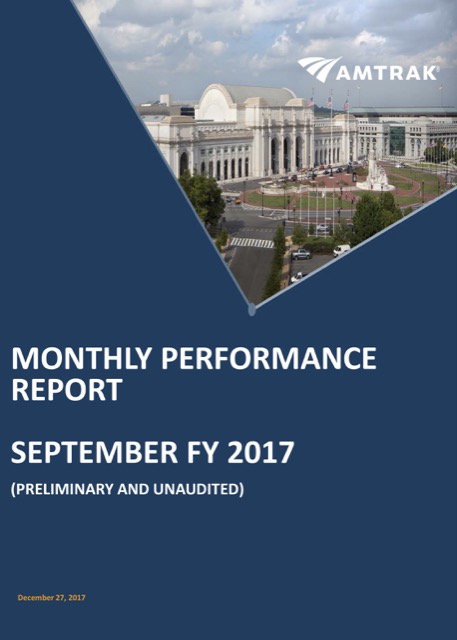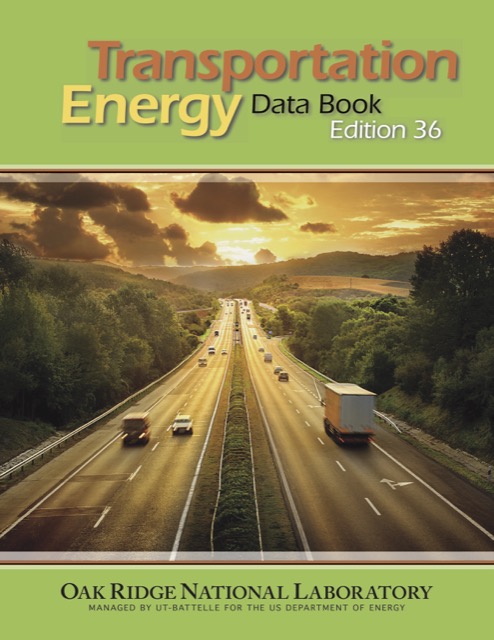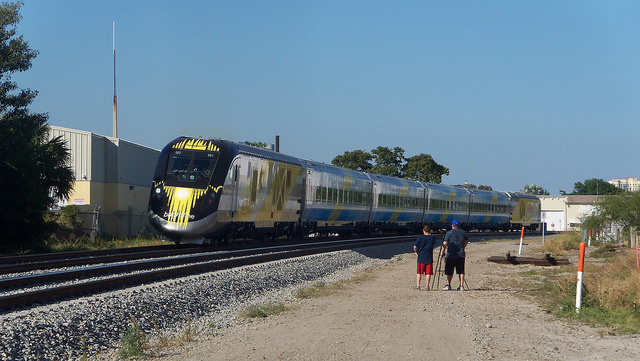Denver urban planner Drew Willsey has what he thinks is a great idea: relieve traffic congestion by paying people to ride transit. He accepts, reluctantly, that the billions of dollars Denver’s Regional Transit District (RTD) has spent on rail transit hasn’t worked: transit’s share of commuting has dropped from 4.9 percent in 2000 to 4.6 percent in 2016, and, considering ridership is dropping, probably lower in 2017.
Unfortunately, like many other planners, Willsey can’t get the idea that transit is the solution to everything out of his head. He implicitly assumes that transit is good, cars are bad, and the most cost-effective way of relieving congestion is always by increasing transit.
In Denver, at least, none of these assumptions are true. The Transportation Energy Data Book says that cars used about 3,000 BTUs and light trucks about 3,600 BTUs per passenger mile in 2015 (and probably slightly less in 2016). The National Transit Database says RTD used 3,800 BTUs per passenger mile in 2016. Cars emit about 212 grams of carbon dioxide per passenger mile, light trucks 268, and RTD 272. Certainly some cars and trucks are worse, but some are much better. Continue reading










